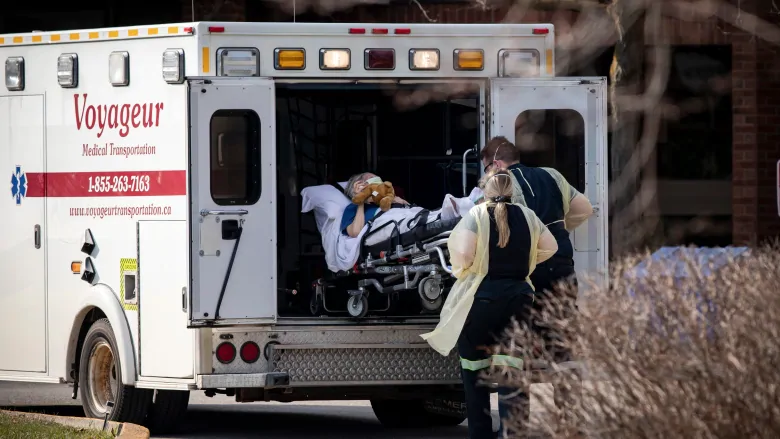The COVID-19 crisis has exposed critical vulnerabilities in Canada’s network of long-term care facilities. Now, momentum is building in support of major reforms to improve care for the country’s elderly by making long-term care a publicly funded, universal system.

The COVID-19 crisis has exposed critical vulnerabilities in Canada’s network of long-term care facilities. Now, momentum is building in support of major reforms to improve care for the country’s elderly by making long-term care a publicly funded, universal system.
Painting a grim picture of the situation in seniors’ homes across the country, Amanda Vyce, representing CUPE members who work as care aides, said residents are often left unbathed in soiled diapers or clothing by overworked and underpaid staff.
“COVID-19 didn’t create the deadly crisis we’re facing in long term care. The systemic issues that facilitated this heartbreaking situation existed long before this moment. What the pandemic is doing is shining a spotlight on those problems and making them worse,” she told the House of Commons health committee today.
Vyce urged the federal government to work with provinces and territories to bring long-term care under the Canada Health Act, making it a publicly insured core health care service that is accessible and universal.
She also called on the federal government to provide adequate, targeted funding for long-term care through the Canada Health Transfer.
Vyce said the federal government should work to enforce a national standard of 4.1 hours of hands-on care per resident every day — and eventually eliminate private, for-profit ownership of nursing homes.
The COVID-19 crisis and its disproportionate impact on long-term care facilities has ignited a debate over long-term care in Canada. Nearly 80 per cent of COVID-19-related deaths in this country have happened in seniors’ homes — a statistic Vyce called “horrifying.”
A Conference Board of Canada study in 2017 projected that another 199,000 long-term care beds would be needed by 2035 — a vast increase over the 255,000 beds available in 2016.
Vyce said the largely profit-driven private care system is characterized by low wages, precarious employment and high levels of

